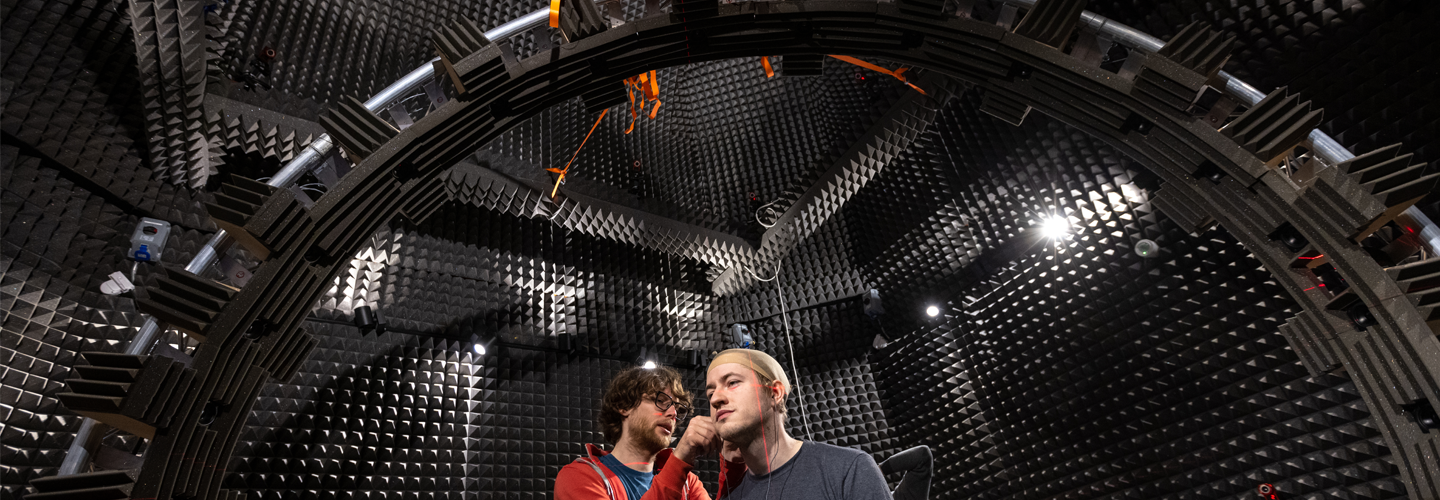


SONICOM HRTF Dataset

The SONICOM Head-Related Transfer Function (HRTF) Dataset includes different types of data measured from 200 subjects, including HRTFs, HpTFs, depth pictures and 3D models of subjects’ ears, heads and torsos, with further measurements ongoing.
More details about how the dataset has been measured can be found in our Journal of Audio Engineering Society paper.
For every subject, Head-Related Impulse Responses are sampled at 96 kHz and 24 bits, but lower sample rates (44.1 and 48 kHz) are also included. For each sample rate, the following versions of the HRTFs can be downloaded in SOFA format:
- Raw
- Windowed
- Free-field compensated
- Free-field compensated with a minimum phase filter (i.e. the compensation filter – not the HRTF – is minimum phase)
All the above are also provided with the ITDs removed from the signals and stored as metadata in the SOFA files. Some of the versions above are also released in the .3dtiformat, in order for them to be directly usable with the 3DTune-In Toolkit.
HpTFs (Sennheiser HD650) for every subject are also included in .mat format at each of the sample rates listed above.
The 3D models of ears, head and torso are available in .stl format, with and without watertight post-processing, and image data (one image every 5° of horizontal rotation across the whole head) data is available as .tif (depth). Please note that, due to privacy matters, RGB images are not publicly released. If these are required, please contact o.turvey22@imperial.ac.uk.
Each file linked below contains the data described above for a group of 10 subjects (approximate size 4-5Gb per file), and the final one contains the data for a KEMAR dummy-head mannequin.
- P0001-0010
- P0011-0020
- P0021-0030
- P0031-0040
- P0041-0050
- P0051-0060
- P0061-0070
- P0071-0080
- P0081-0090
- P0091-0100
- P0101-0110
- P0111-0120
- P0121-0130
- P0131-0140
- P0141-0150
- P0151-0160
- P0161-0170
- P0171-0180
- P0181-0190
- P0191-0200
- KEMAR
The following additional files are also available:
- ChinRest.zip – contains the .stl file of the custom chin rest, as well as a few pictures of it mounted on the chair structure
- TurnTable.zip – contains the documentation for the custom turntable, including the CAD model (URL), the Arduino code for controlling the rotation, as well as a Quick Start guide
- Pictures.zip – some pictures of the setup in the Turret Lab room
The iPhone mirror bracket is based on this design.
We have currently suspended the HRTF measurements, but we will start again after the Summer 2023 – if you are interested in measuring your HRTF, please contact o.turvey22@imperial.ac.uk.